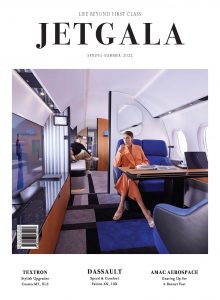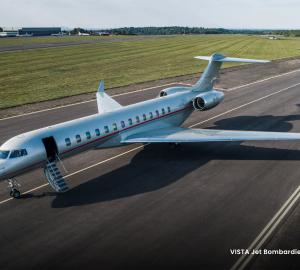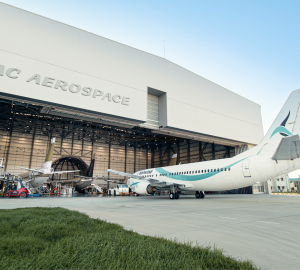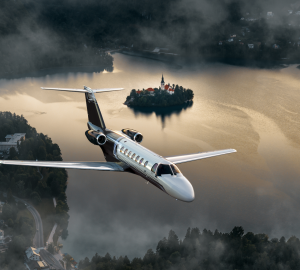The Tablet Revolution
How the now ubiquitous smart devices have revolutionised the cockpit.
By Jim Simon
Photos courtesy of Steve Kinevo
Soon after Steve Jobs introduced the iPad to the world in 2010, it became Apple’s most successful launch to date with 25 million tablets sold in the first year.
While Jobs proclaimed that it would be a game changer for consuming online content, he probably did not realise how valuable the iPad and other smart devices would become to pilots. Tablets helped launch an aviation digital revolution that made flying more efficient and improved safety for pilots and passengers alike.
The revolution is digital
In the early 1990s, glass cockpits were introduced on commercial aircraft, allowing pilots to receive critical information in a more concise manner while greatly increasing situational awareness through the use of moving maps.
The debut of easy-to-use and affordable tablets attracted aviation visionaries to design apps that replicated glass cockpits plus added far more capabilities at a mere fraction of the cost.
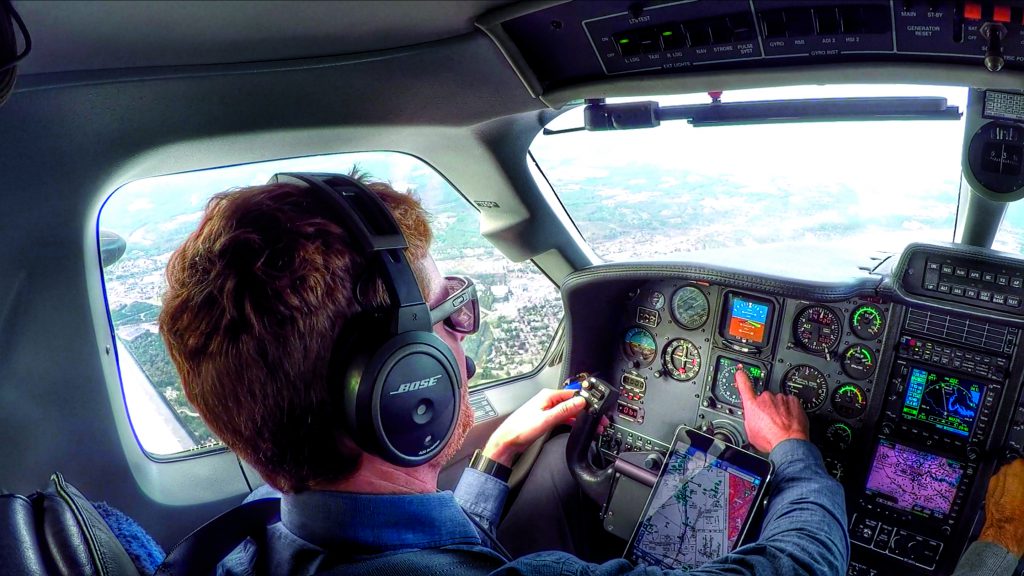
ForeFlight, for example, is a pilot- owned startup that designed its app to work with a smartphone or tablet plus a pocket-sized receiver enabling pilots to easily tap a wealth of information on the ground and in the air.
ForeFlight’s appeal, like similar apps and tablet-based solutions by avionics providers such as Garmin and Honeywell, is its ability to assist with every stage of flight from pre-flight planning to post- flight analysis.
Says professional pilot and blogger Steveo1Kinevo on his YouTube channel, “Everything from flight planning, en route information, and arriving at the destination. You can pack for your trip with a click of the button to make sure you are prepared. It’s a game changer.”
In pre-flight mode, pilots can use a desktop computer, tablet, or smartphone to plan their entire journey using stored information about their aircraft while taking into consideration anticipated weather and Notices to Airmen. Flight plans may quickly be filed with relevant government agencies in a few mouse clicks or screen taps. Pilots may even access information on the lowest cost providers of aviation fuel along their intended route.
Tablets also allowed pilots to switch to an “electronic flight bag” (EFB) to replace the myriad required materials such as checklists, maps, manuals, and logbooks. Keeping these up to date was a challenge given how frequently conditions change, such as the closing of a taxiway for repairs. Pilots now have access to these materials in real time at a fraction of the time or effort of traditional paper materials.
“When flying single pilot the last thing you need during critical phases of flight is being distracted flipping through paper charts looking for the information needed,” Kinevo, who has 175,000 subscribers, says.
As pilots prepare their aircraft for departure, electronic checklists, customised for a particular aircraft, are easily followed, minimising the chance that something critical will be overlooked. Taxiing down their assigned runway, pilots are assisted by a moving map that helps them visualise their location, which is especially valuable when operating at unfamiliar airports or in low visibility. Audio alerts help guard against the inadvertent crossing of an active runway, an unfortunately common cause of accidents.
Once airborne, pilots can tap a wealth of helpful information to manage their flight.
Airborne
Take weather, for instance. Pilots can now receive near-live updates from weather services and overlays the information on the pilot’s moving map through apps. In addition, destination airport updates enable pilots to “stay ahead of the plane” and make earlier decisions on executing alternate plans.
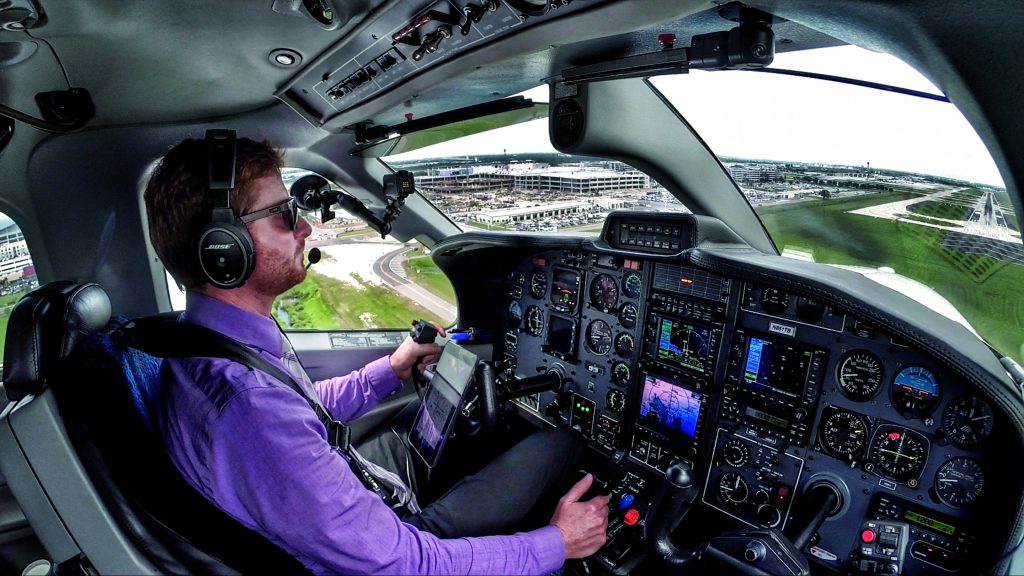
Apps also give out en-route traffic alerts, which can prevent midair collisions. While recent regulations mandate that more aircraft transmit their exact location and speed, “see and avoid” is still the operating rule when aircraft operate under visual flight rules. It is a challenge for pilots to juggle the responsibilities of watching out the cockpit window for other traffic and focusing internally on the cockpit instruments. Traffic alerts are depicted on screen and through audible alerts.
For even the most experienced pilots, operations in instrument flight rules (IFR) or on dark evenings can lead to spatial disorientation. Synthetic vision tremendously increases situational awareness by depicting on screen what a pilot should see from looking out of the cockpit on a bright, clear day.
While today’s instruments have never been more reliable, redundancy remains best practice. Today’s pilots can leverage their independent GPS receiver and their app to reasonably calculate airspeed, altitude, and direction. This information serves as a great insurance policy in case of primary instrument failure, especially under IFR.
Post-flight
The benefits of apps do not conclude with the end of a successful flight. Pilots can analyse their data to identify areas for improvement. Flight details may be recorded as part of a pilot’s electronic logbook. And the parameters of the flight can be leveraged for aircraft maintenance planning.
While aviation apps were first adopted by pilots of small planes, apps are increasingly being implemented across all categories of aircraft. In addition to the aforementioned functions, business aviation operators can use apps to manage schedules, ensure compliance, and optimise routes. Given the cost of fuel and labor, the apps can quickly pay for themselves.
New functionality is being added on an ongoing basis. Given how far apps have come in such a short time, it is a safe bet that the aviation digital revolution is far from over.
